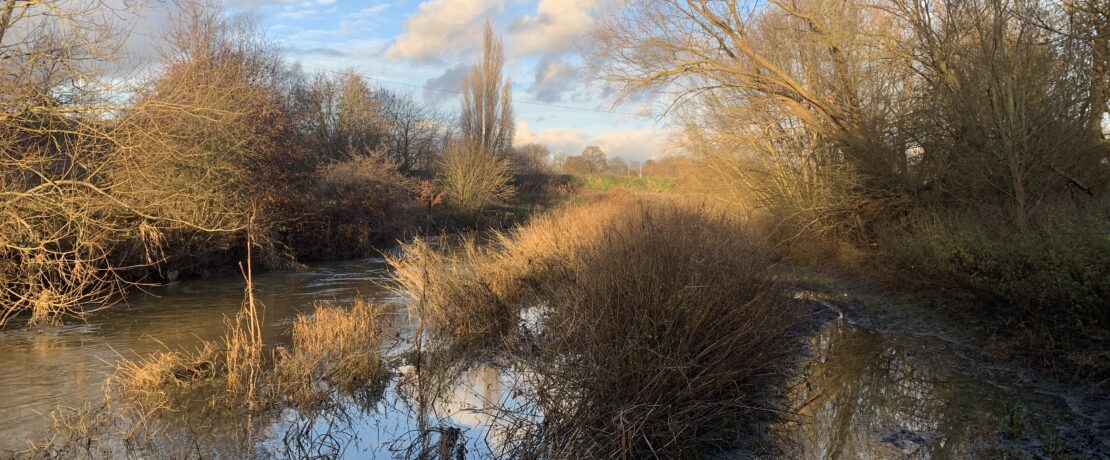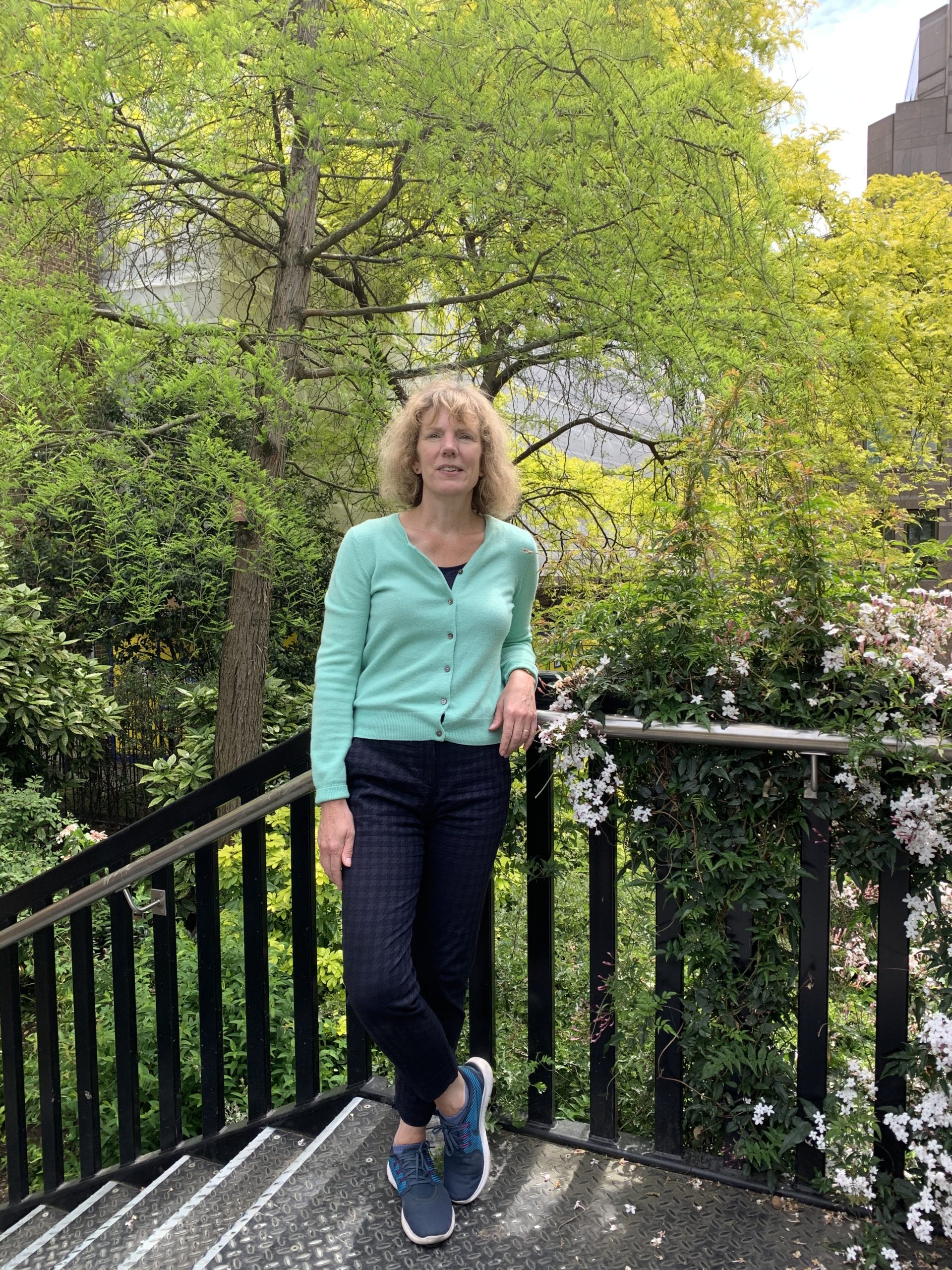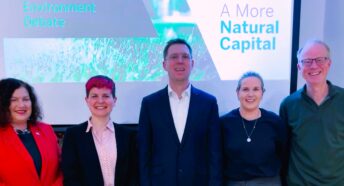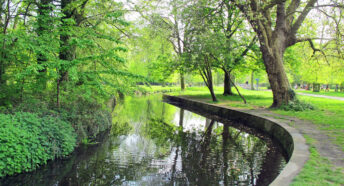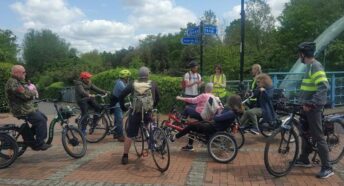London Rivers Week 2023 – the highlights
CPRE London’s 2023 London Rivers Week events included a nature discovery day for families in Chinbrook Meadows, a training session on water quality testing on the River Roding, and a panel event on river restoration and climate change for an audience of policy makers and community volunteers at The Gallery in Farringdon.
Nature Discovery Day
The Nature Discovery Day was a particular highlight. This event coordinated by CPRE London involved opportunities for adults and children alike to observe micro wildlife from the River Quaggy, get involved in river dipping for larger mini-beasts and to be inspired by this to make river inspired clay models.
The Friends of Chinbrook Meadows provided nets, trays, bottles and magnifiers so families could collect specimens and then take them for a closer look under the microscopes. They also provided waterproof versions of the Freshwater name trail from the Field Studies Council, to help identify the specimens.
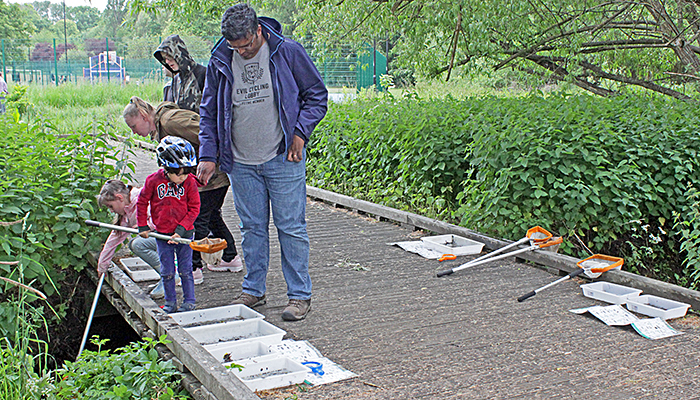 Collecting from the boardwalk
Collecting from the boardwalk
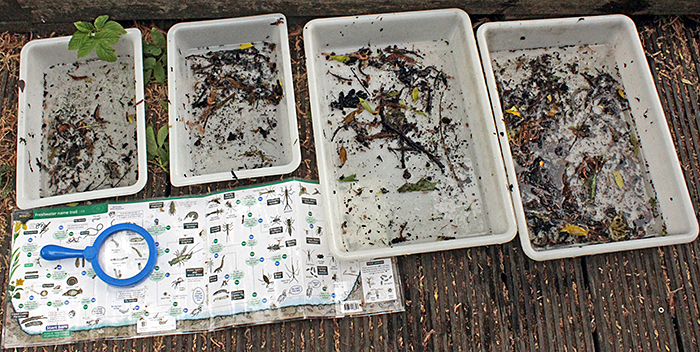 Material collected from the boardwalk
Material collected from the boardwalk
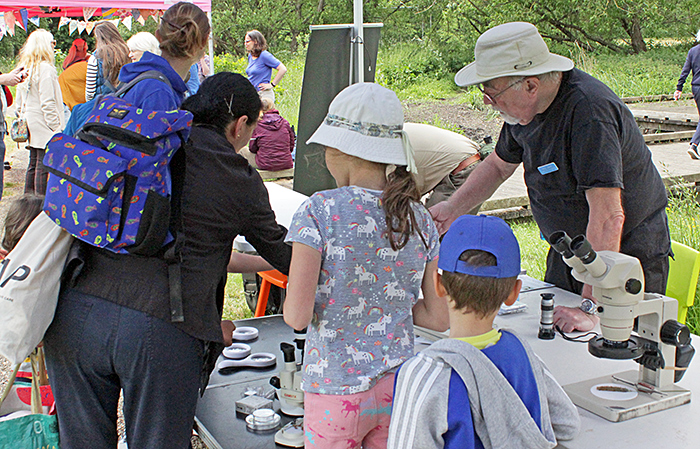
Looking at samples with the microscopes
The specimens included lots of freshwater shrimps (Gammarus), several mayfly nymphs (Ephemeroptera), and a few freshwater lice (Asellus), bloodworms (larvae of non-biting midges, Chironomidae) and leeches. The miscroscope team also found one caddis larva (Trichoptera) in its case, and one damselfly nymph (Coenagrionidae). All of the specimens were returned to the river when the event ended.
Carolina from Thames21 led two trips to the Quaggy to collect specimens using kick-sampling. Carolina showed the children how to hold the nets in the water and asked them to kick the bottom for two minutes so that specimens would be disturbed and the current would wash them into the net.
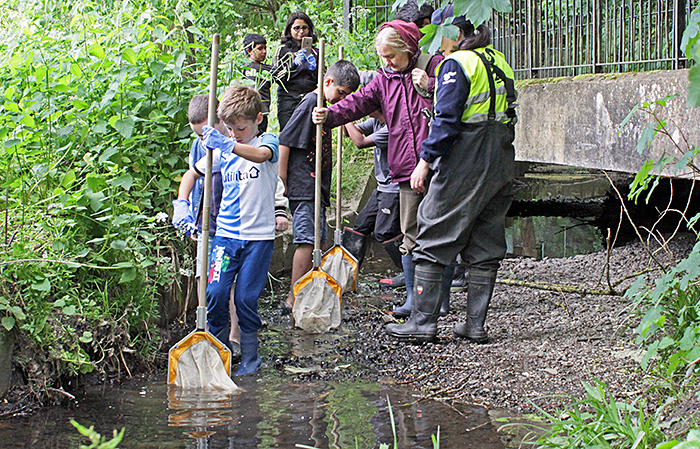 Kick-sampling in the Quaggy
Kick-sampling in the Quaggy
The contents of the nets were washed into white plastic trays, and the children had a look for specimens before carrying the trays back to the gazebo.
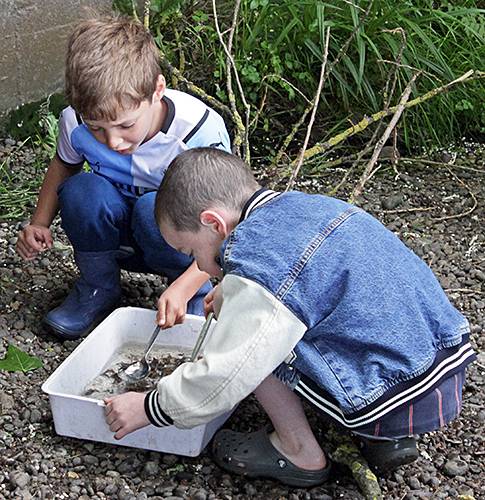 Examining kick samples from the Quaggy.
Examining kick samples from the Quaggy.
Paul de Zylva from the Quaggy Waterways Action Group (QWAG) led a walk in the meadow during which he explained the history of the meadow and the river. He was kept busy explaining QWAG’s ambitious project to release the parts of the Quaggy that are still enclosed in concrete and make it possible to walk along or near the river from central Lewisham, through Greenwich and on to Grove Park.
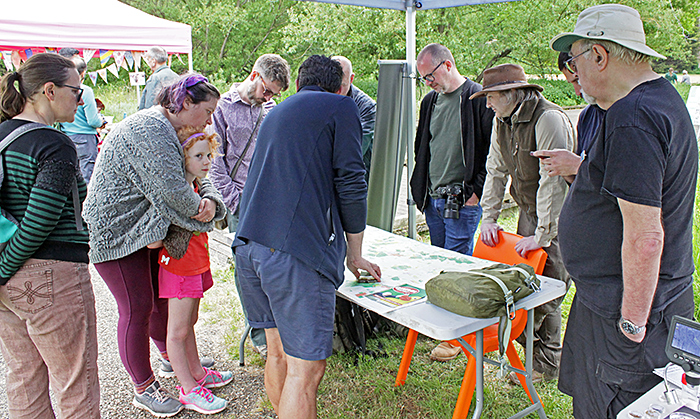 Paul (back to camera)
Paul (back to camera)
Kate Sing’ombe and Victoria Morris from the Chinbrook Action Residents Team (ChART) organised a very popular clay workshop for children, working with local artist Lily German from Clay at the Ringway.
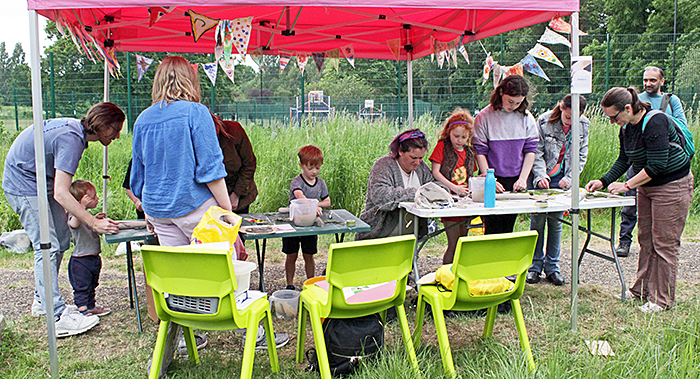 Clay workshop
Clay workshop
The activities gave children a fantastic opportunity to connect with nature and the river and spend quality time with family and friends in the great outdoors.
Training session for people to learn about water quality testing on the River Roding
Training was led by environmental scientist Lucy Shuker, who supported volunteers interested in recording physical habitat data using the MoRPh Rivers field survey method for citizen scientists. MoRPh river survey method and data provide a user-friendly open research resource that can be used to:
- build understanding of how rivers and streams physical features and natural processes provide vital functioning habitats to support diverse aquatic wildlife
- help fill the gap in evidence for the physical condition of London’s rivers
- learn lessons from the outcomes of river restoration projects all across London
- understand relationships between aquatic wildlife and the functional habitats they depend upon.
You can freely explore all approved MoRPh CS data and find out more about MoRPh Citizen Science training, applications and learning materials here.
Attendees also got to learn about the activities of the River Roding Trust in partnership with CPRE London on protecting this stretch of water and the neigbouring land and creating a major new nature park for London – Edgelands – as part of our Ten New Parks campaign.
Panel event on river restoration and climate change.
At this event we explored the importance of river restoration for both climate change mitigation and adaption.
Wetlands are highly effective in carbon storage as they are capable of sequestering carbon at rates of up to 20 times faster than forested land. This is because wetland plants are adapted to grow rapidly, despite being dependent upon limited nutrient supplies. Therefore, they provide a quick and efficient way to sequester carbon – if properly designed and managed. Additionally, wetlands store carbon in soils preventing its release into the atmosphere.
London’s wetlands even include salt marshes because of the tidal nature of the Thames – which extends into many of the river’s tributaries. This includes along the River Roding and River Lea. Salt marshes have among the highest rates of carbon capture of any habitat on earth.
Many of London’s rivers are currently in concrete channels or have even been forced underground. Deculverting is the process of releasing rivers from these artificial channels – which often look like litter strewn drains.
Naturalising these channels where they run through green space can reduce flood risk by increasing their capacity by, widening of the river, and allowing natural meanders. Together this can reduce flood velocity and downstream flood peaks.
Creating natural wetlands into which the tributaries to the Thames can flood safely also relieves the pressure and flood risk further downstream. This is an important adaption to the heightened flood risk that comes with climate change. Local government, communities, water authorities and non-profits need to come together to make this happen.
Combining deculverting with the creation of natural wetlands can reduce flood management costs and the burden of maintaining traditional hard infrastructure like walls and embankments.
2023 map of top river restoration opportunities in London
A map has been created for key opportunities for river restoration. Is there one near you? See here and enter your postcode.
Improving urban drainage
A key part of reducing the risk of overflows from the sewage system and reducing flood risk is improving urban drainage. At our river restoration and climate event in The Gallery on 31st May – the Lambeth Kerbside Strategy was highlighted as an example of good practice in reimagining our streetscapes including introducing more areas that are green and/or have permeable surfaces with sustainable drainage systems. See Lambeth’s Kerbside Strategy If you are impressed, why not share it with your local councillor.
